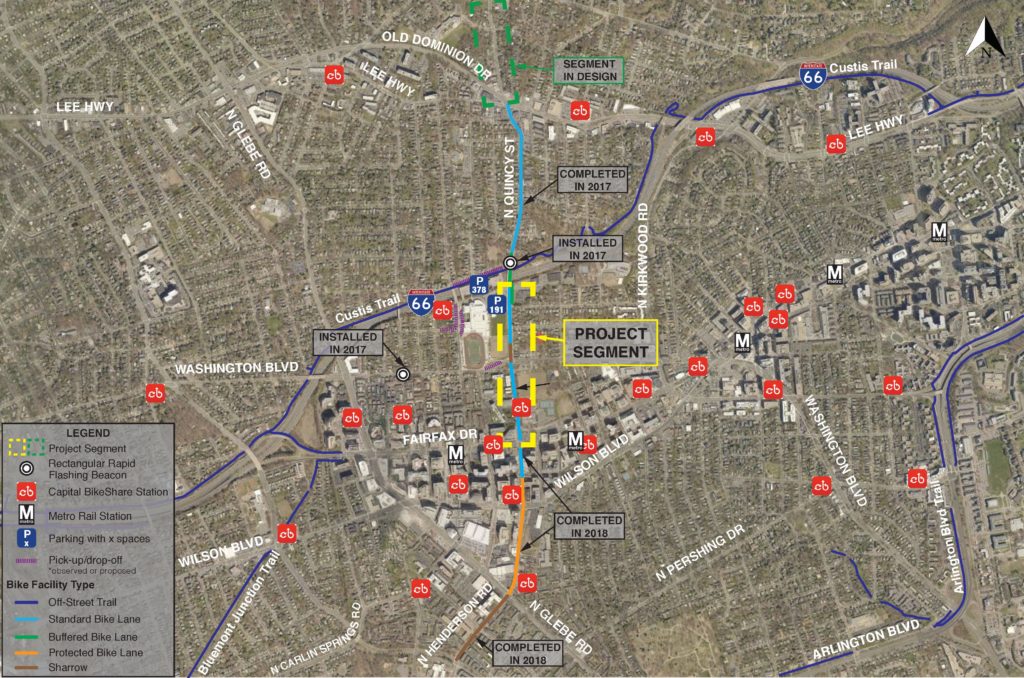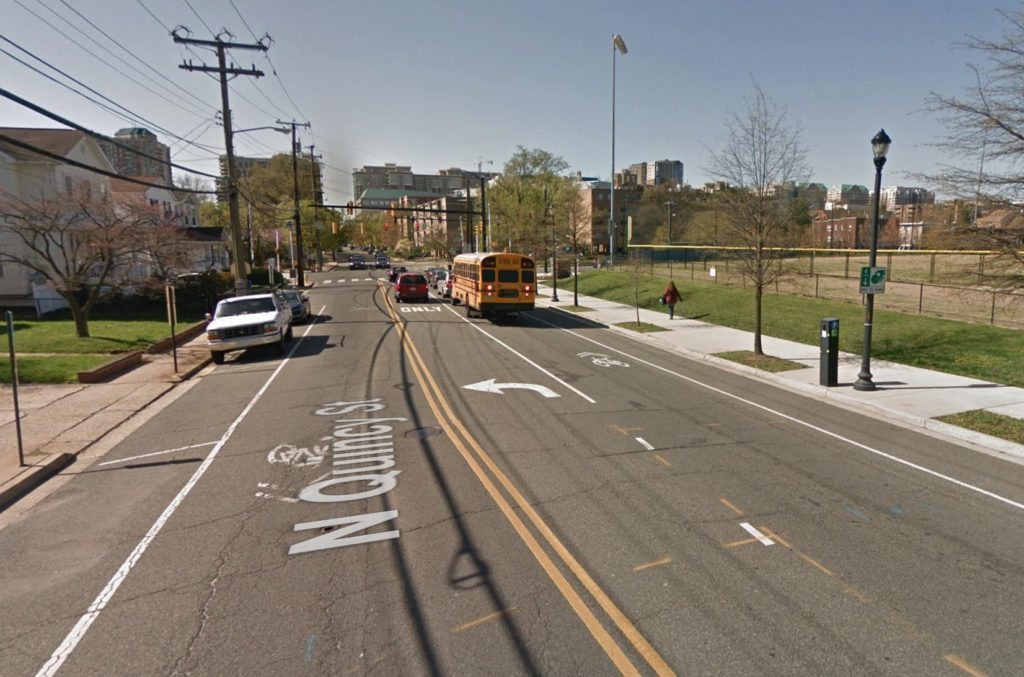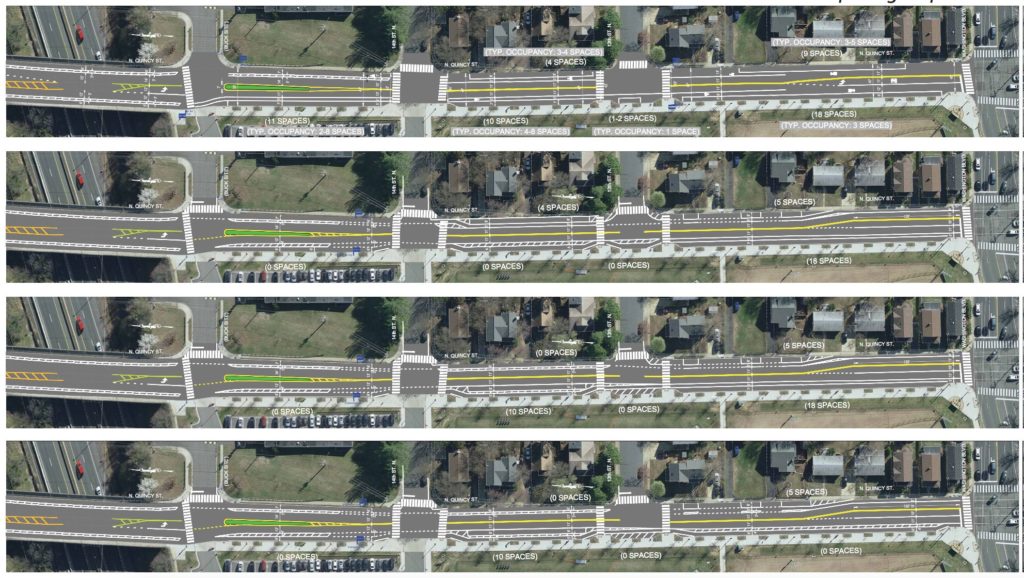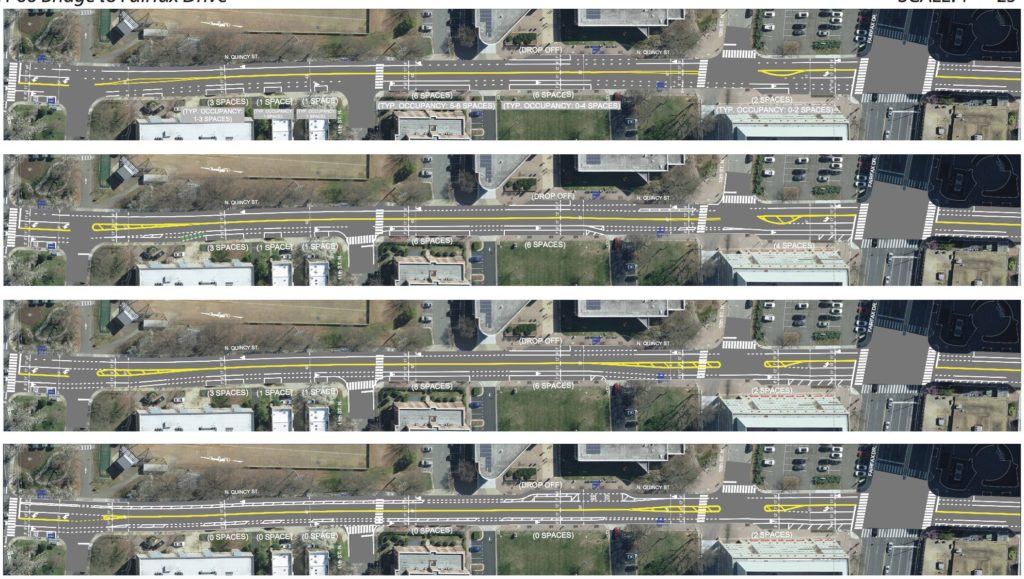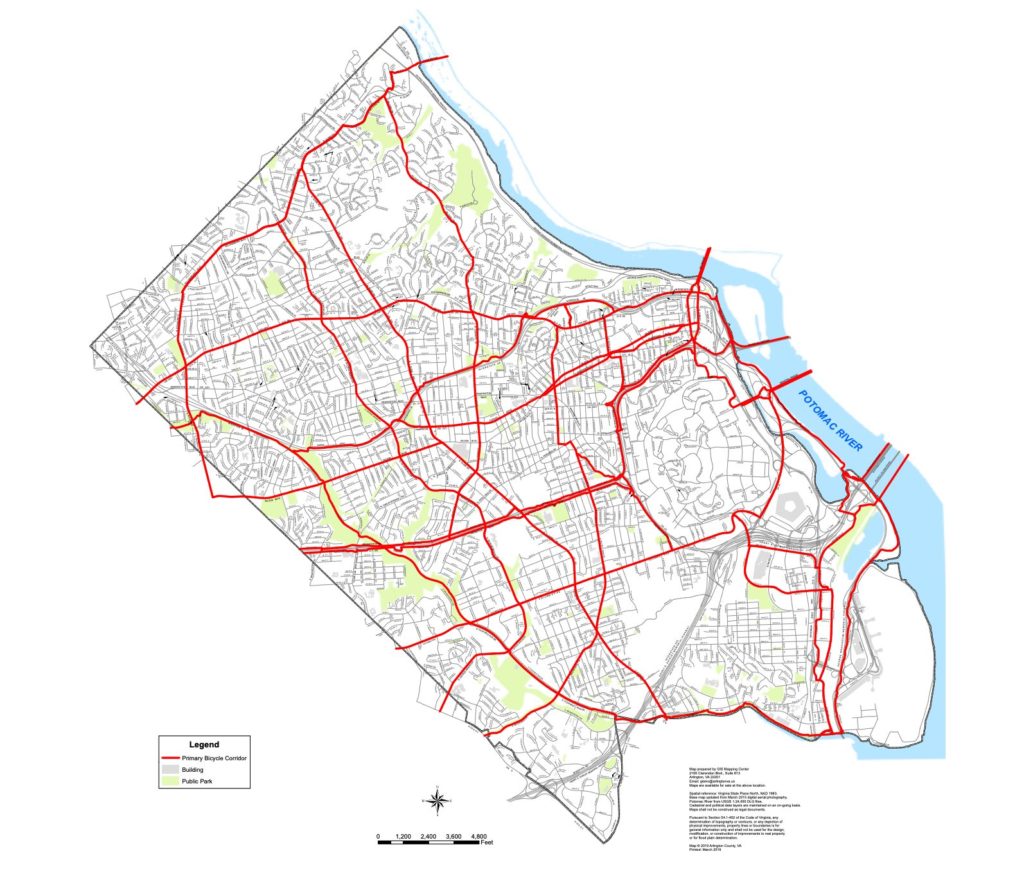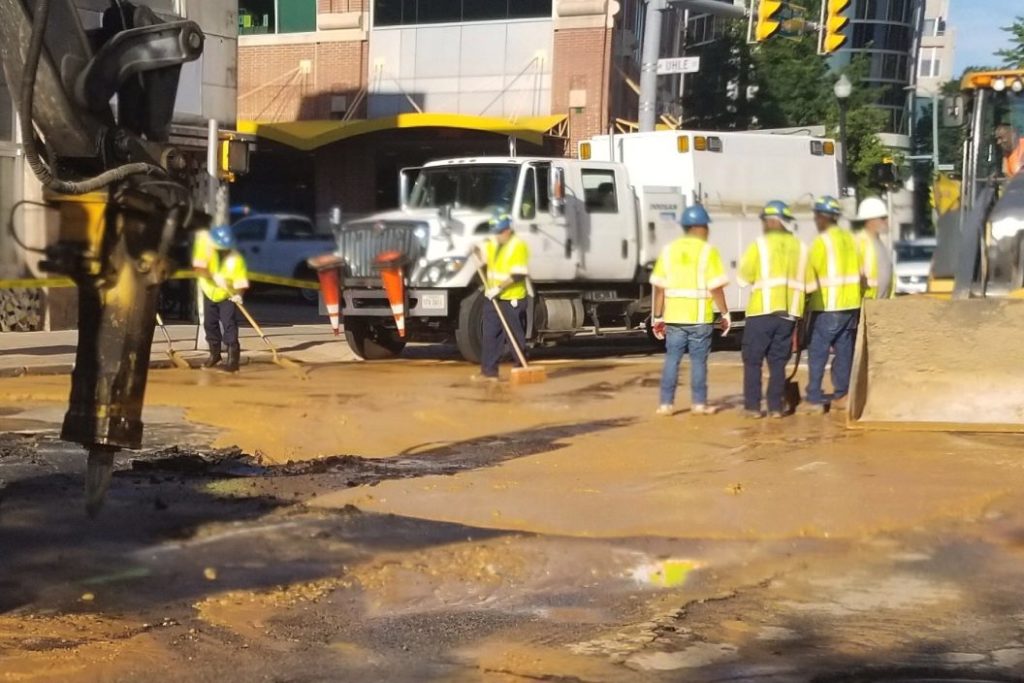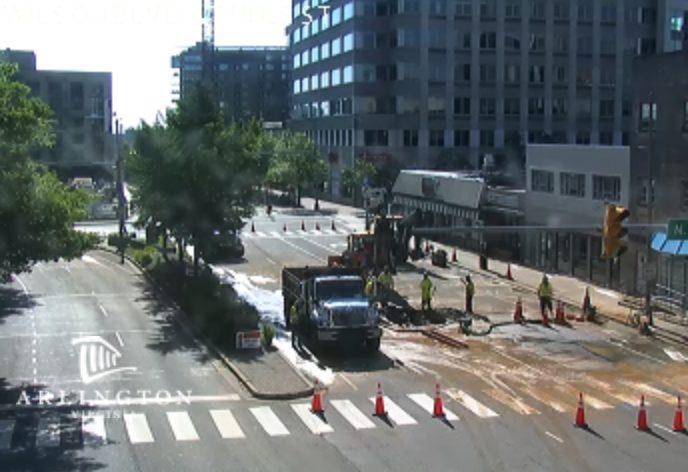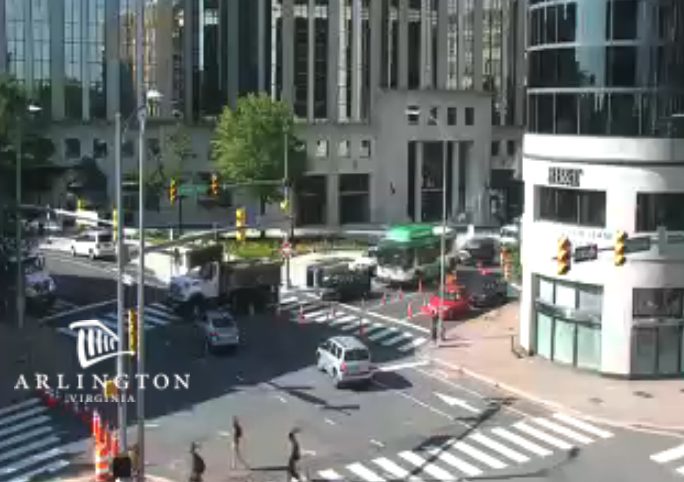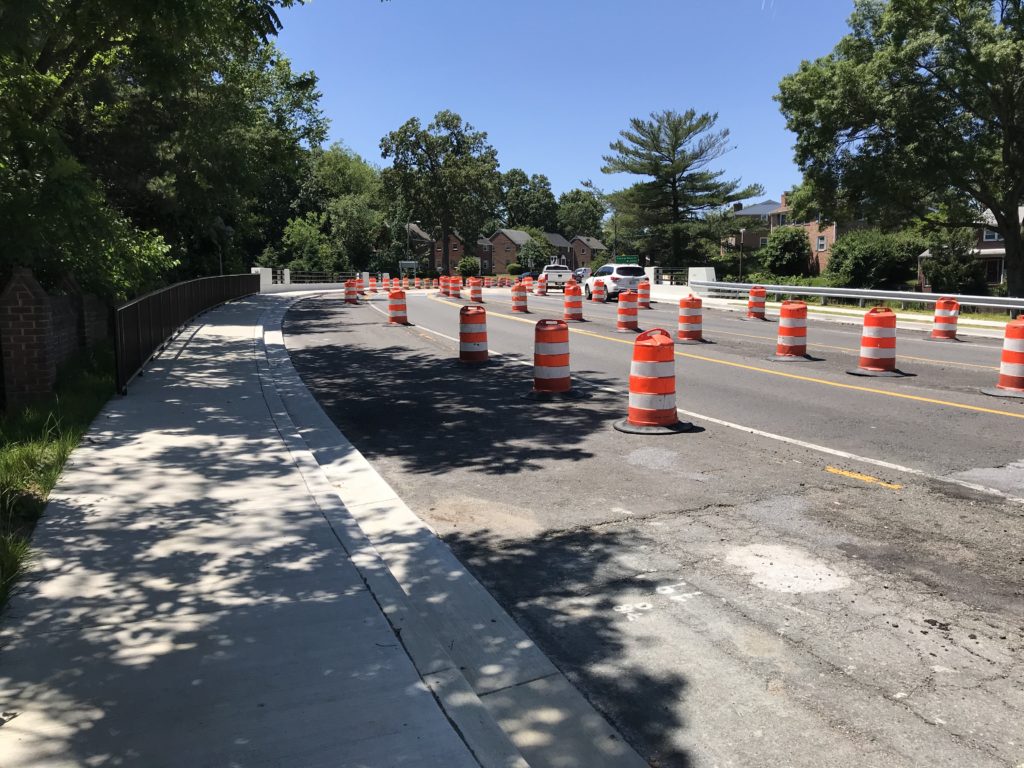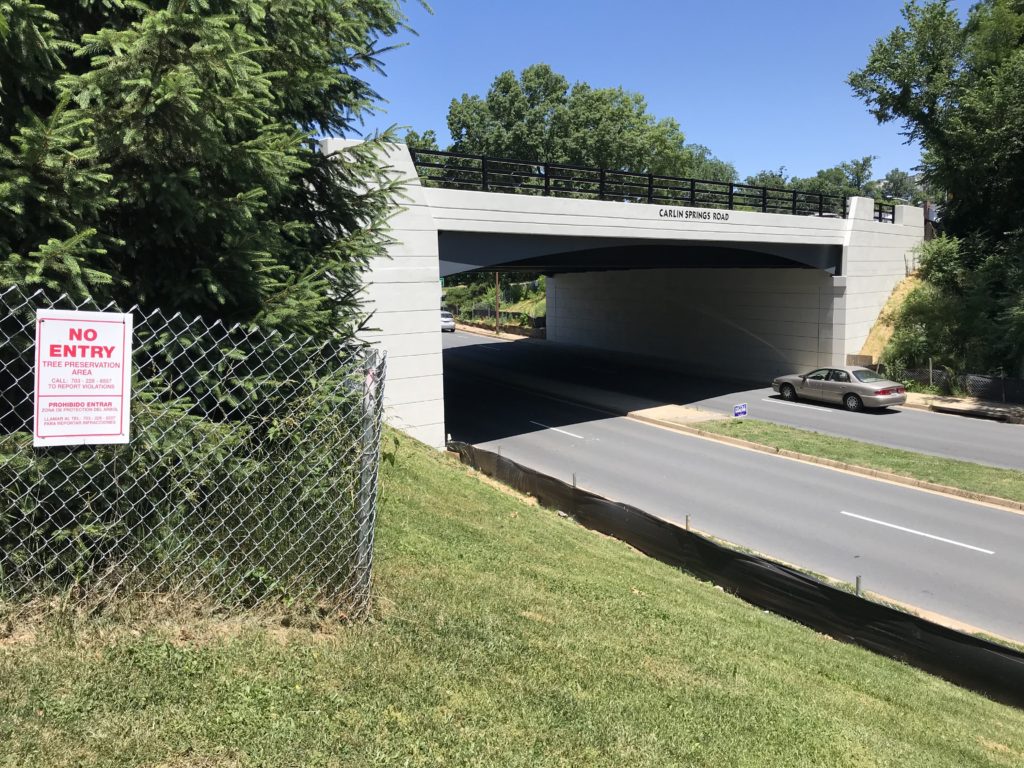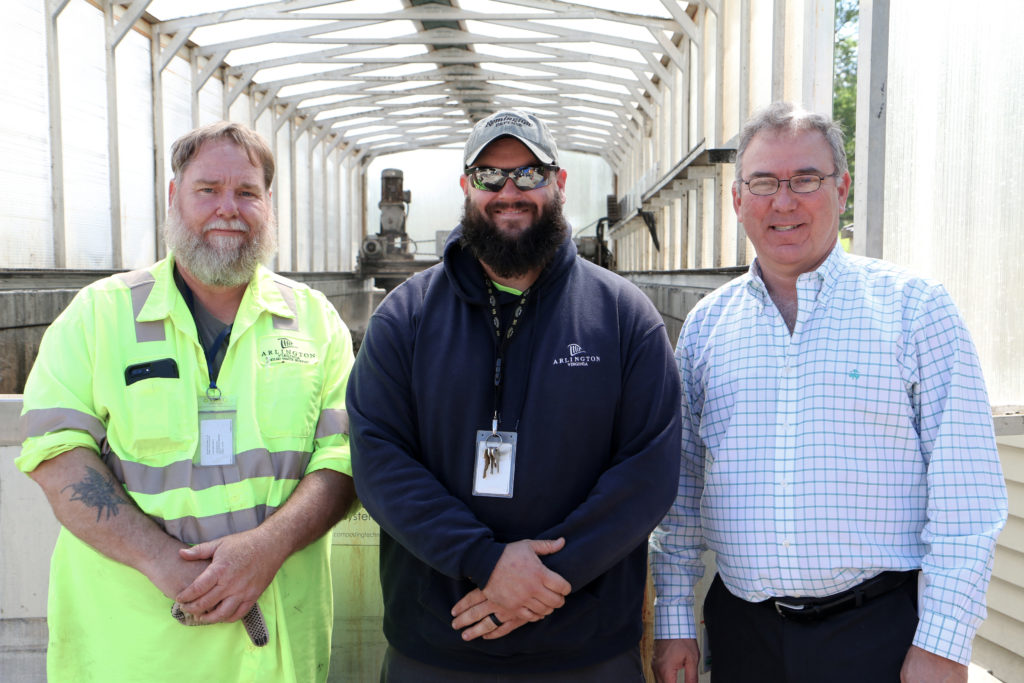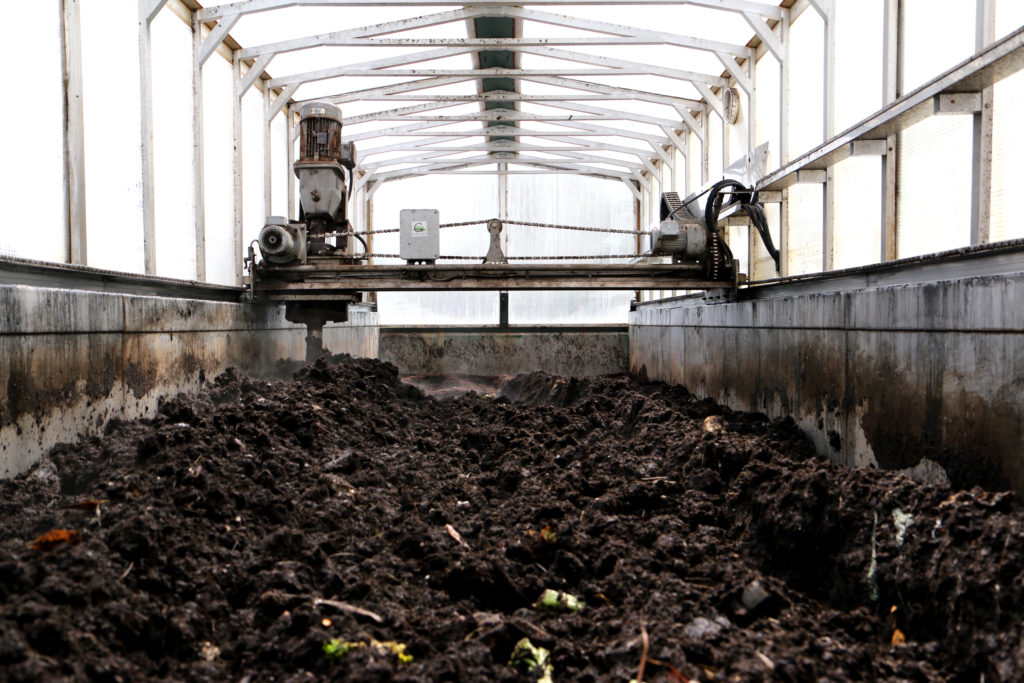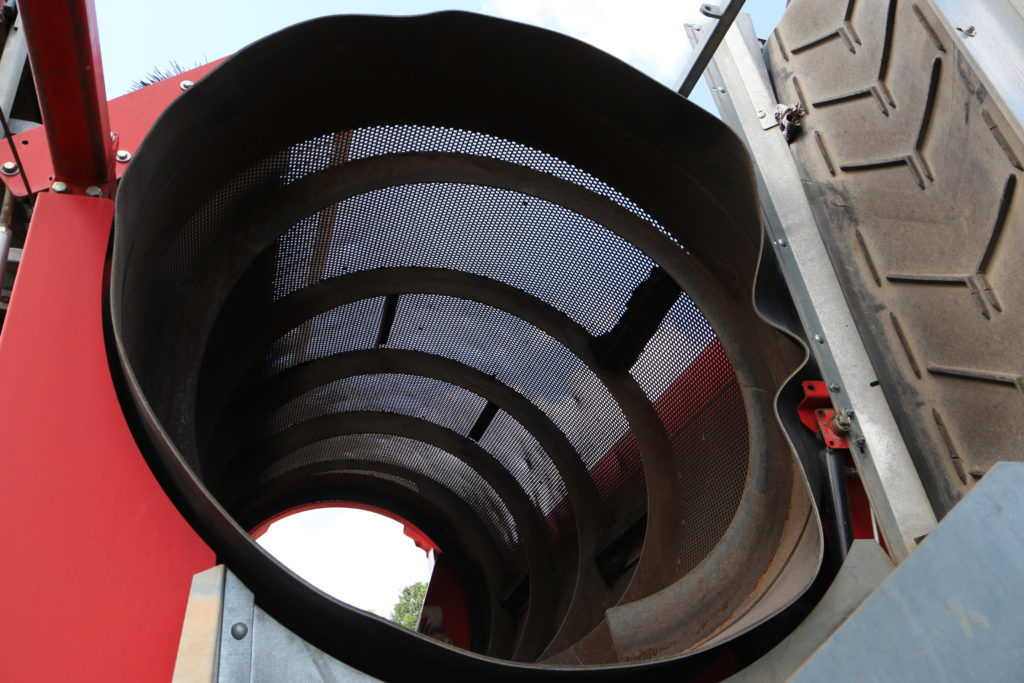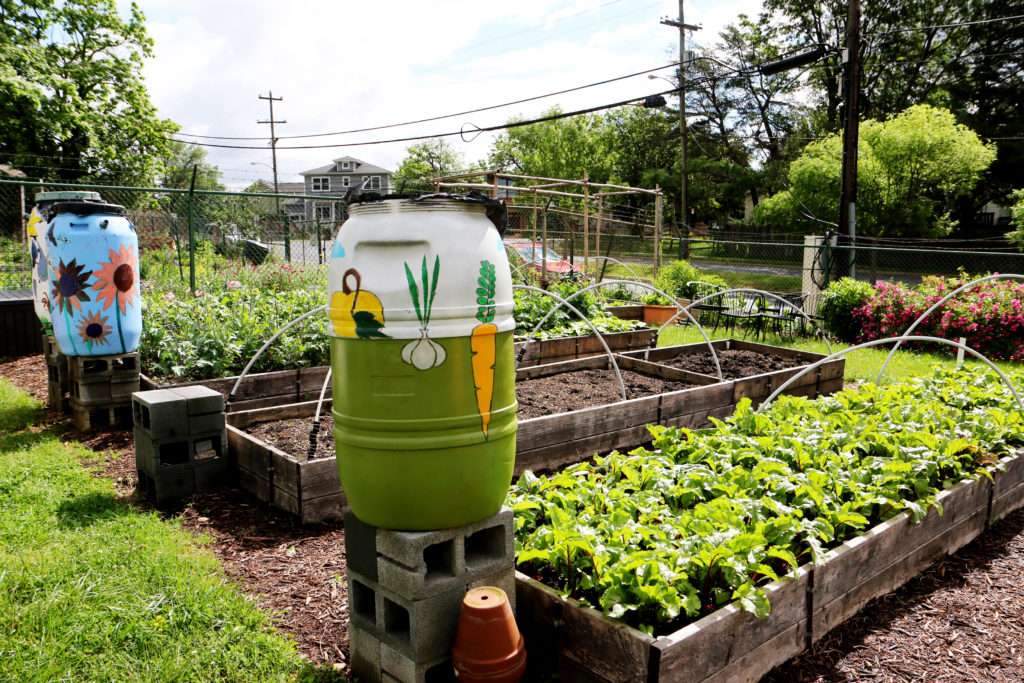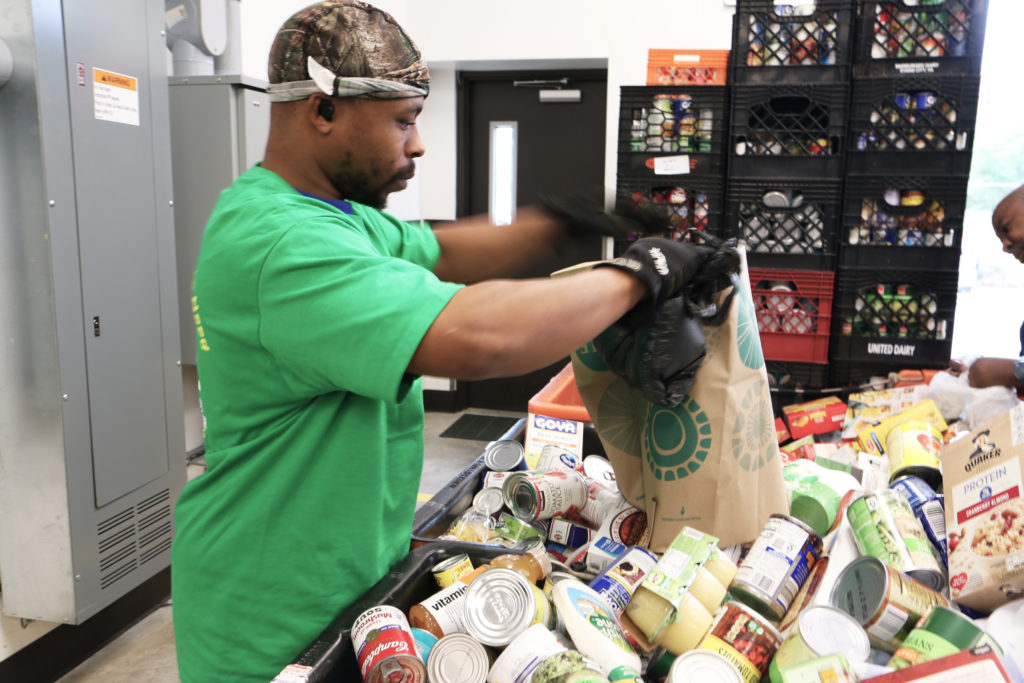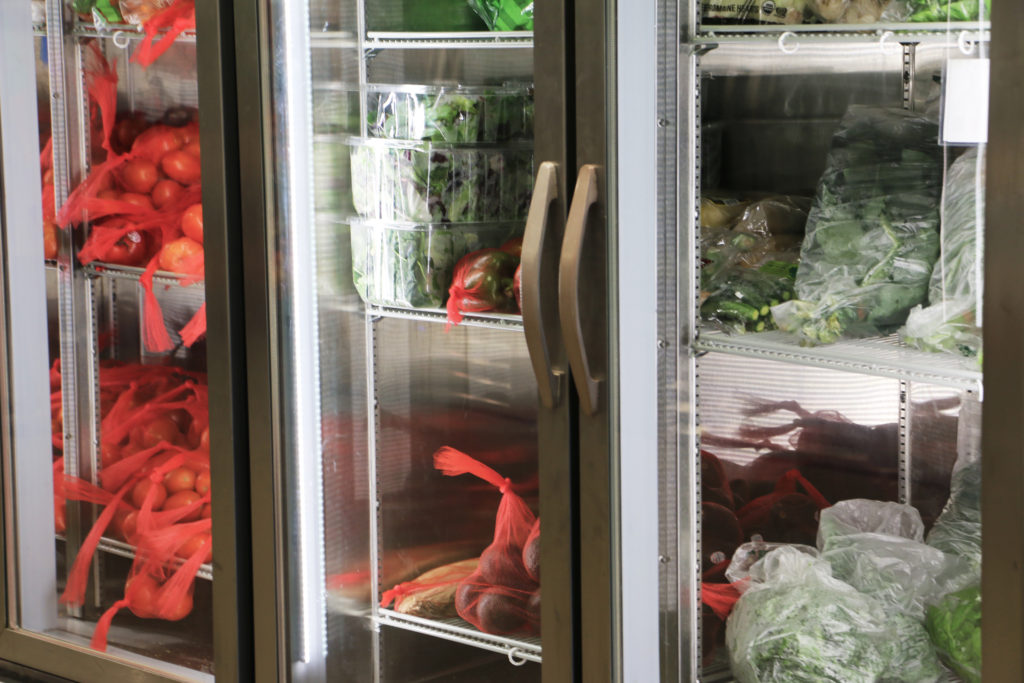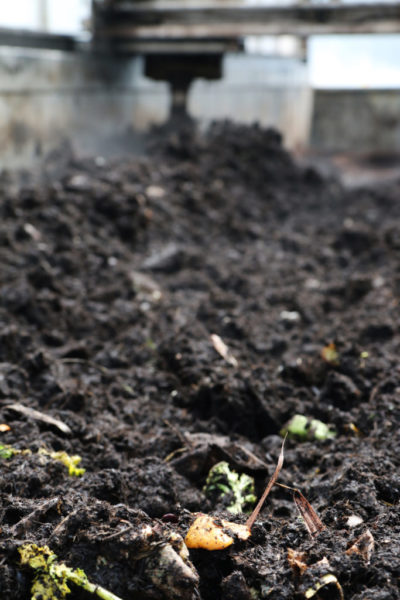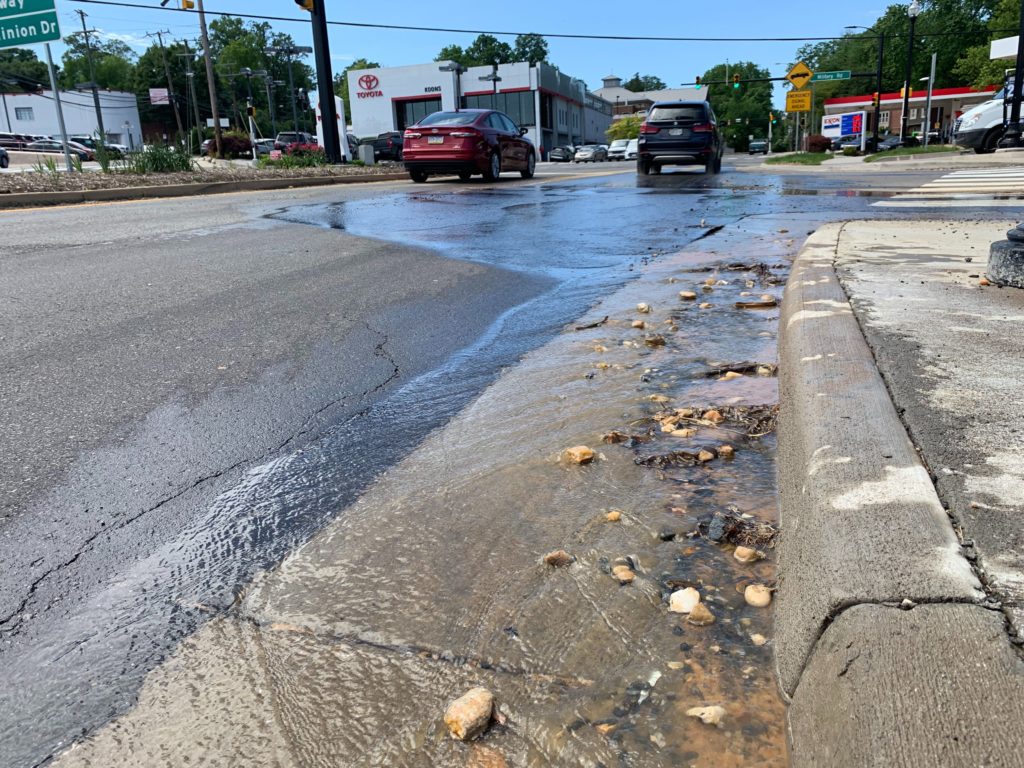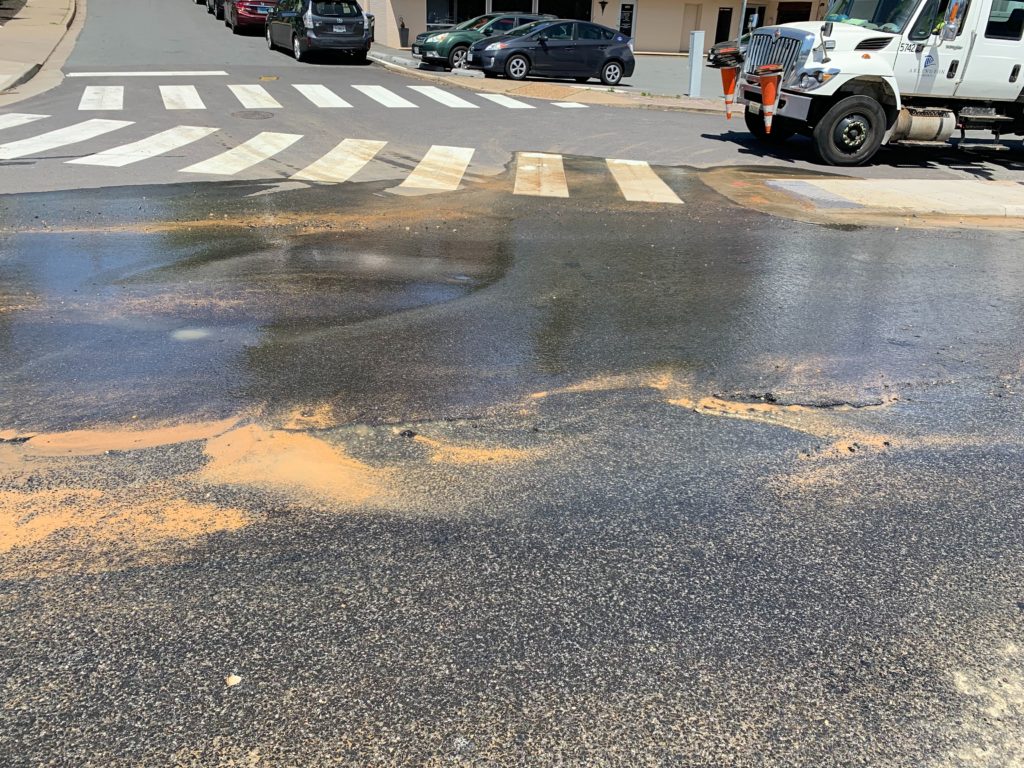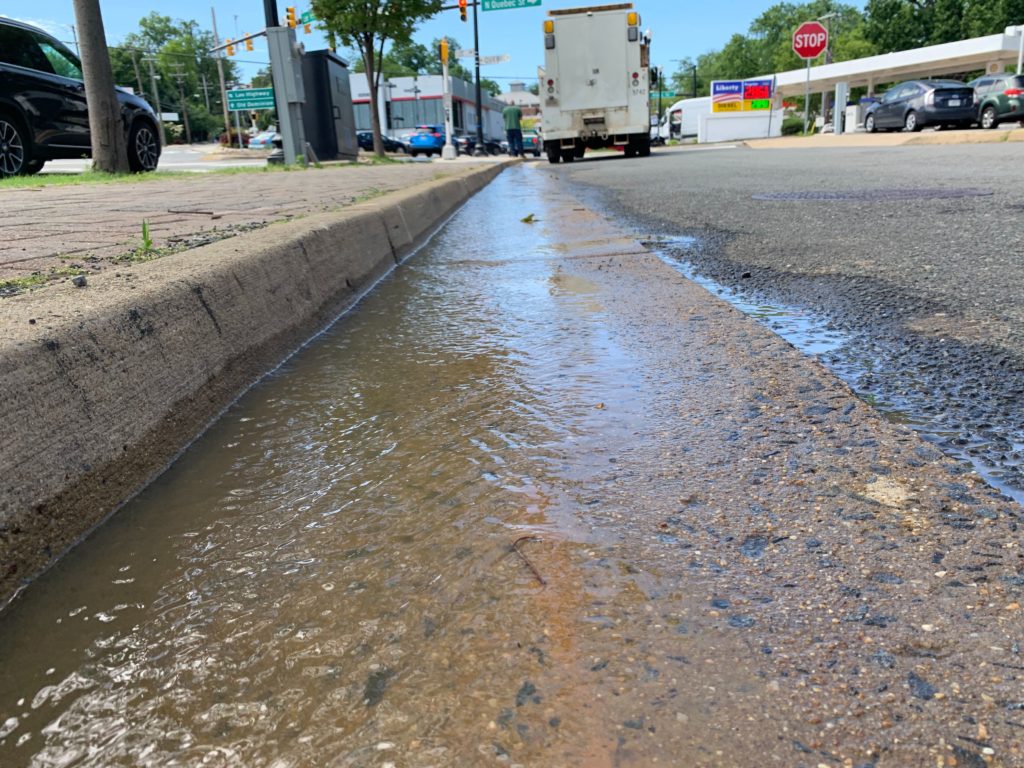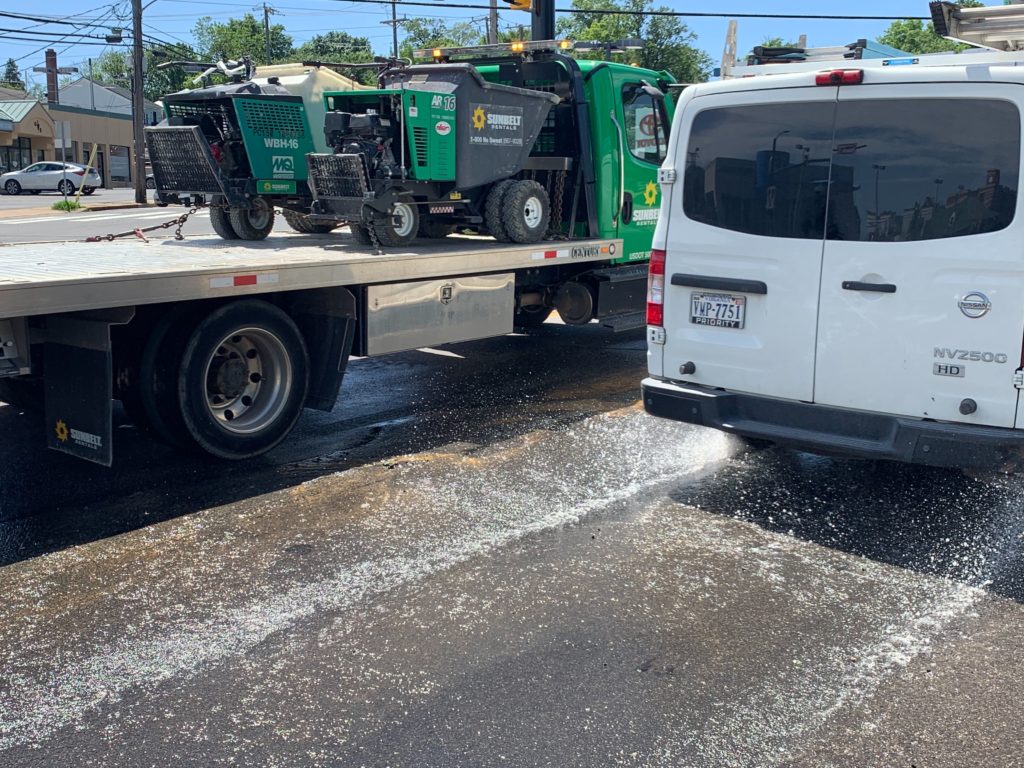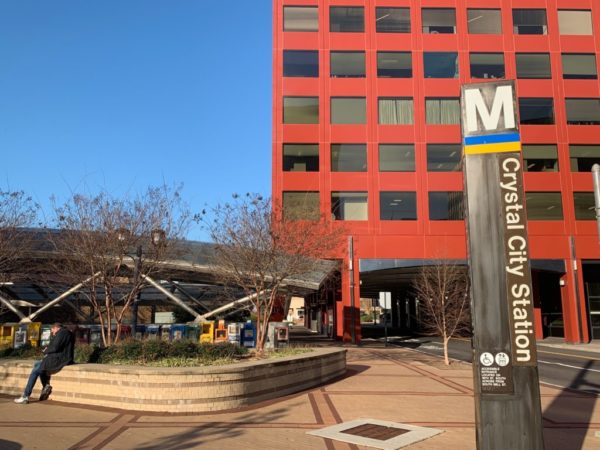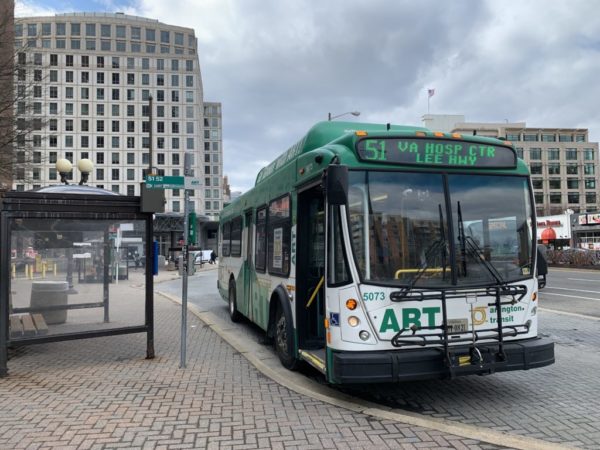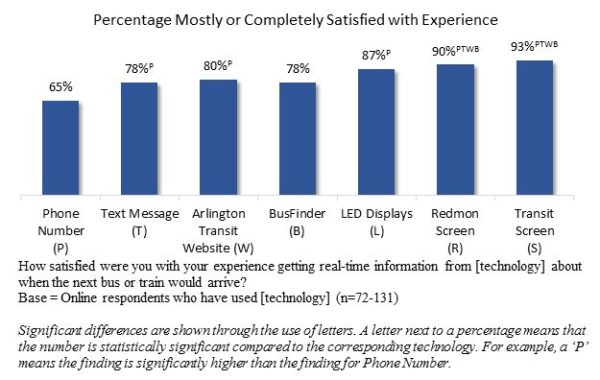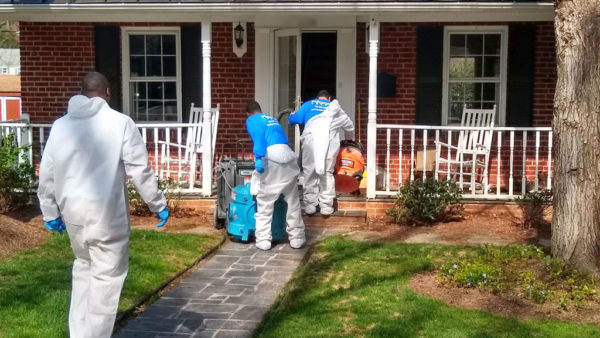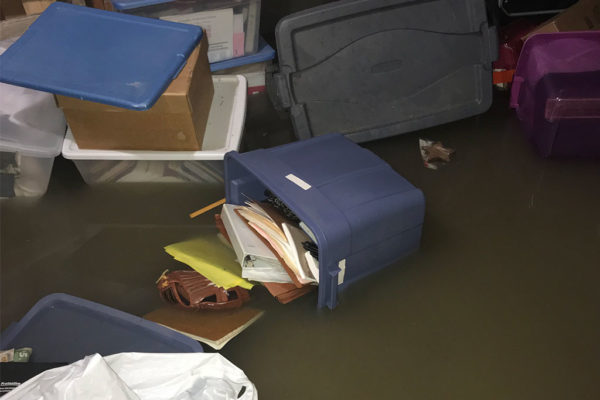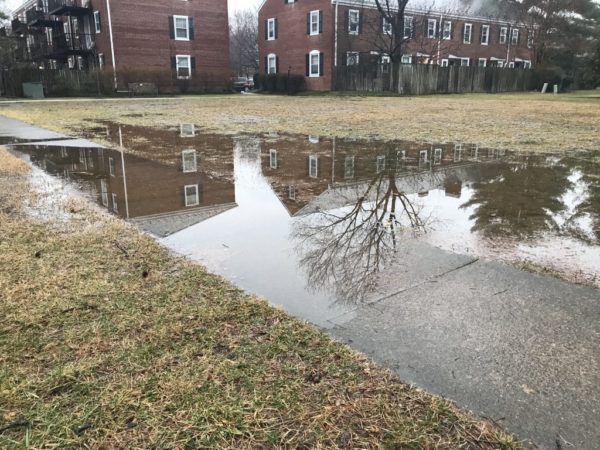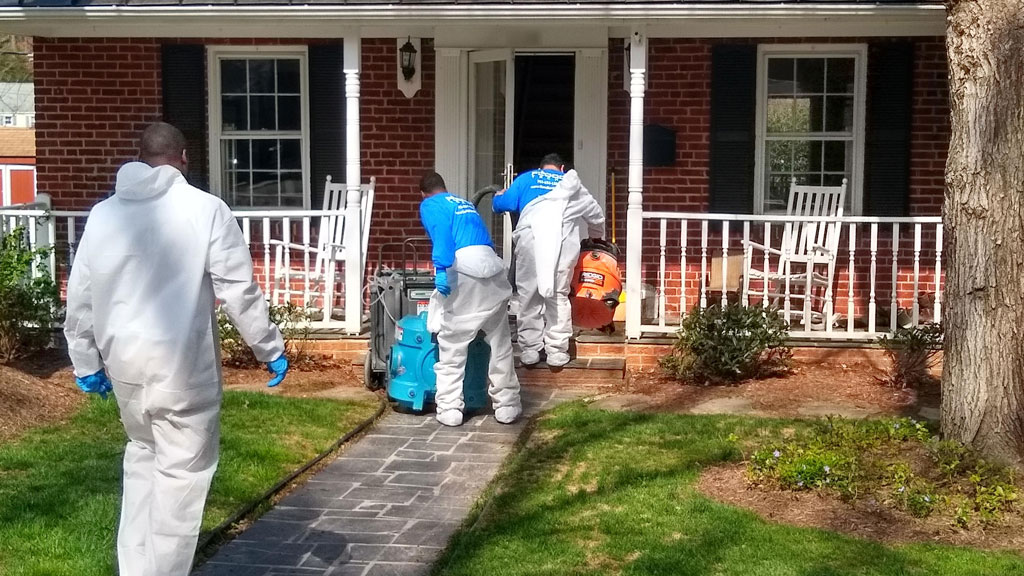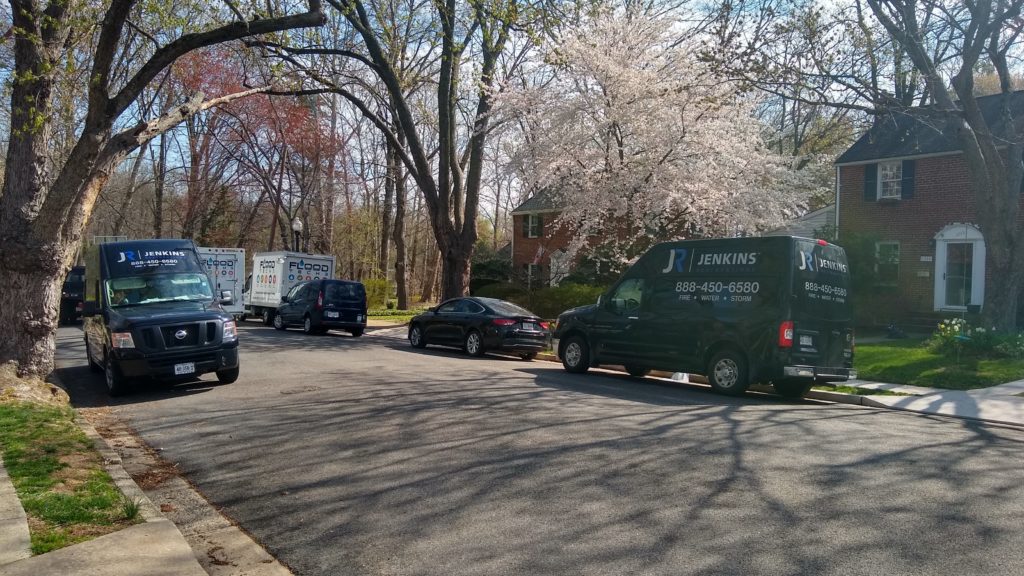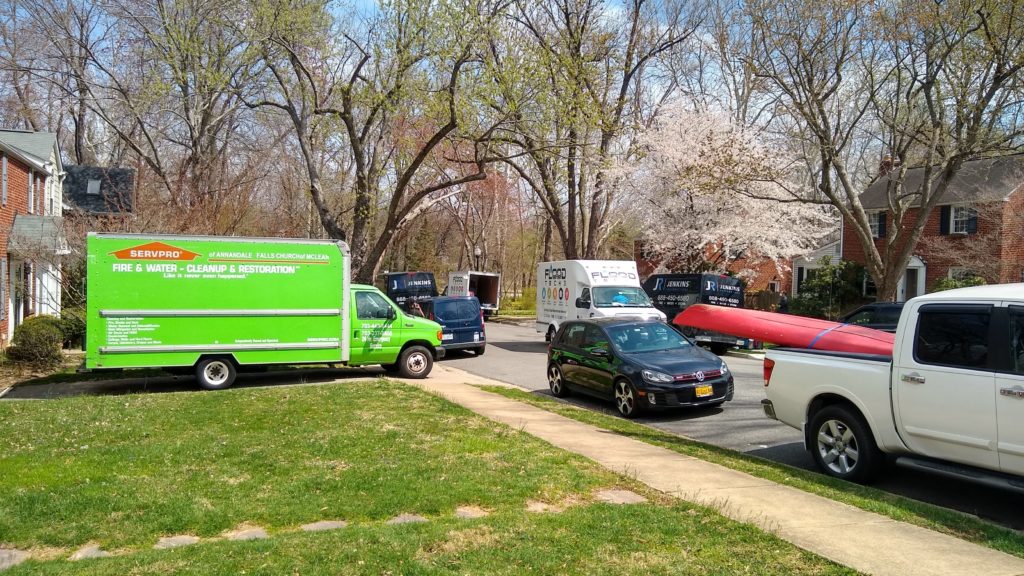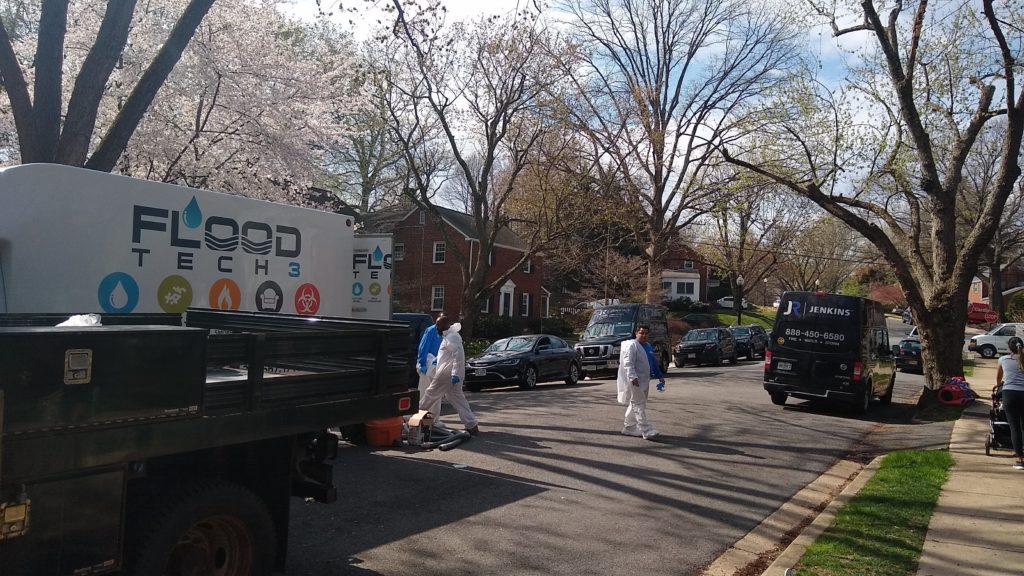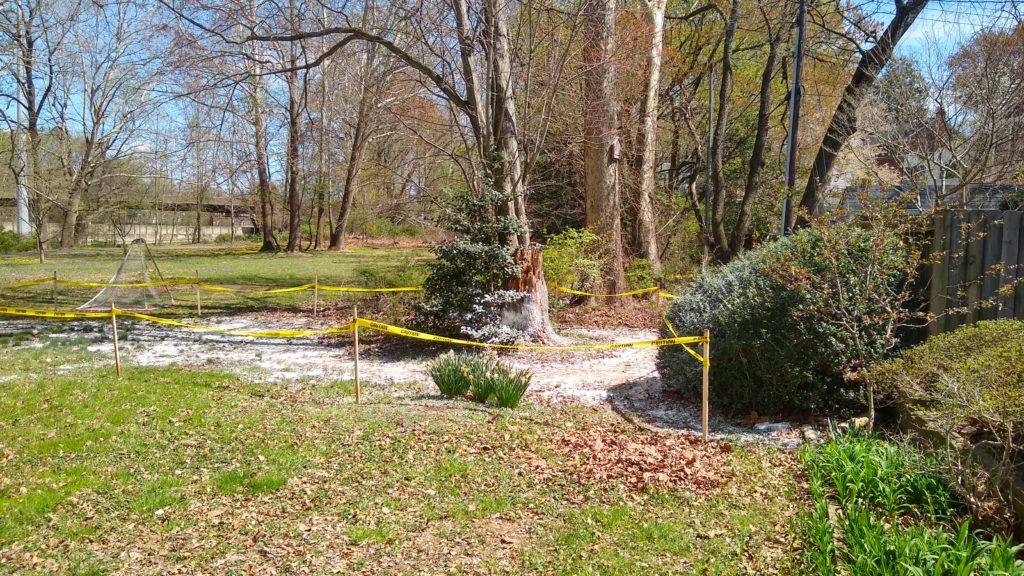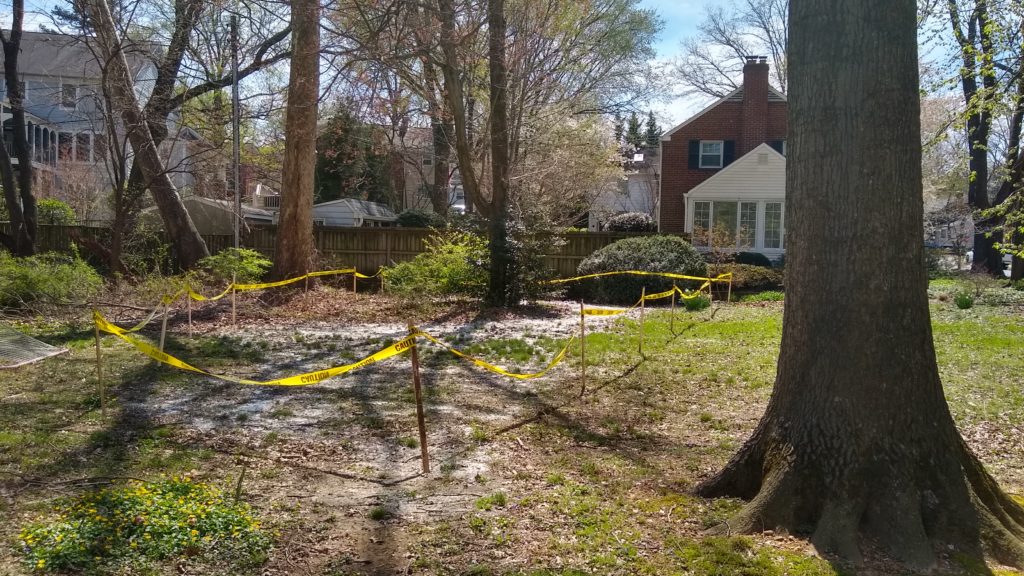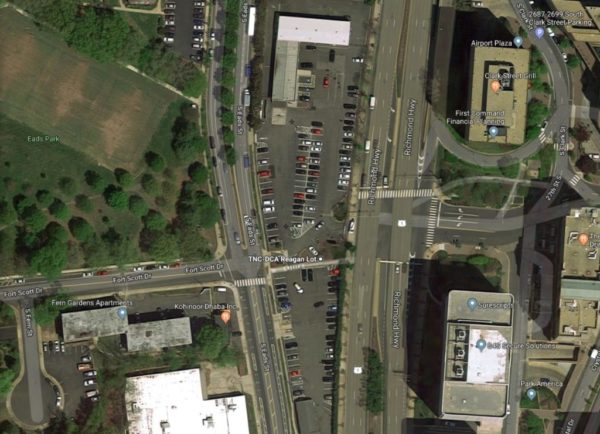A portion of N. Quincy Street is slated for a makeover this summer with new pavement and a bike lane.
Officials aim to repave the stretch of N. Quincy Street between the I-66 overpass and Fairfax Drive, near Washington-Liberty High School, and potentially approve one of three designs for a new bike lane that could eliminate parking spaces.
Arlington’s Department of Environmental Services polled residents about the three bike lane designs in a recent survey. The department will host an open house about the project on Tuesday, July 9, from 6-7:30 p.m., at Washington-Liberty (1301 N. Stafford Street).
The three bike lane configurations the department is considering are:
- Concept A: A buffered bike lane along both sides of N. Quincy Street in the northern section close to I-66. Adding the lane would eliminate 22 parking spaces along Quincy near the Buck site entrance where several single family homes sit.
- Concept B: A buffered bike lane that runs in the middle of N. Quincy Street, which removes only 10 parking spaces in the northern section close to I-66.
- Concept C: A buffered bike lane along the entire street, which would remove 42 parking spaces on the northern section of the street and 31 spaces on the south section.
“It’s almost like a mix and match,” DES Project Planner Christine Sherman told ARLnow. “Concept A shows parking on a block [of N. Quincy Street], concept B shows parking on a different block. Concept C shows the highest level of bike protection.”
All three concepts also add a crosswalk at the intersection of Quincy and 11th Street N. and at the entrance of the Buck property.
Sherman said DES will weigh the survey responses against engineering recommendations about safety and hopes to start the paving work later this summer.
DES tweeted about the (now closed) project survey last week, along with a reference to presidential candidate and meme-machine Marianne Williamson.
Got feedback on Ballston-Cherrydale multimodal safety upgrades? It’s only when we soul-explode beyond the confines of the mortal self, expanding the boundaries of what we think is real, that we begin to glimpse the truth of who we are and why we’re here. https://t.co/wdl3L4jFsz pic.twitter.com/0jODUWRzyC
— Arlington Department of Environmental Services (@ArlingtonDES) June 28, 2019
The recently-updated bike element portion of the county’s master transportation plan proposes N. Quincy Street become part of a north-south bike corridor.
The bike element proposes several miles of bike lanes “wherever feasible” on N. Quincy Street to provide safer passage through Ballston and Virginia Square, and to connect the Arlington Forest and Chain Bridge areas.
“We have buffered and expanded bike lanes to the north of this segment and have protected bike lanes to the south,” said Sherman. “It’s an opportunity we see to create the north-south connection in the county.”
The work is also part of a larger streetscape project along Quincy Street, with repaving already completed in the sections between the I-66 overpass and Lee Highway, and between George Mason Drive and Fairfax Drive.
In August, the county finished a new bike lane on N. Quincy Street connecting the Quincy corridor to the Custis Trail. Two months before that, the county also converted parking on 5th Road N. between Quincy and N. Pollard Street to back-in, angle style parking.
Image 1, 3-5 via Arlington County, image 2 via Google Maps


